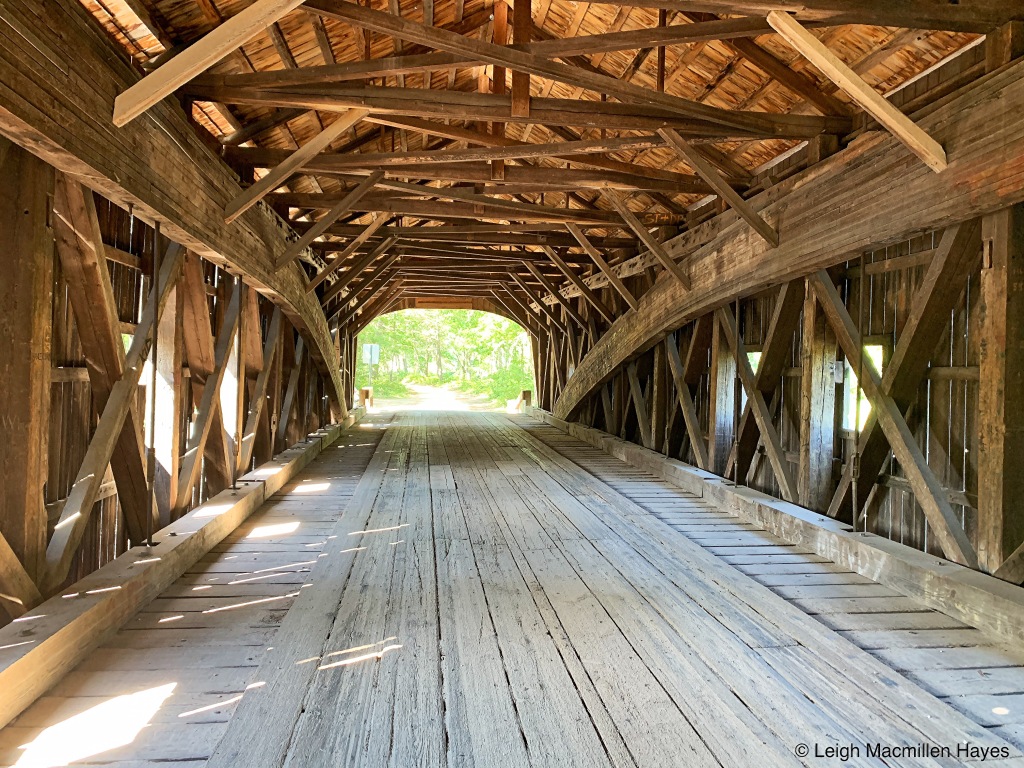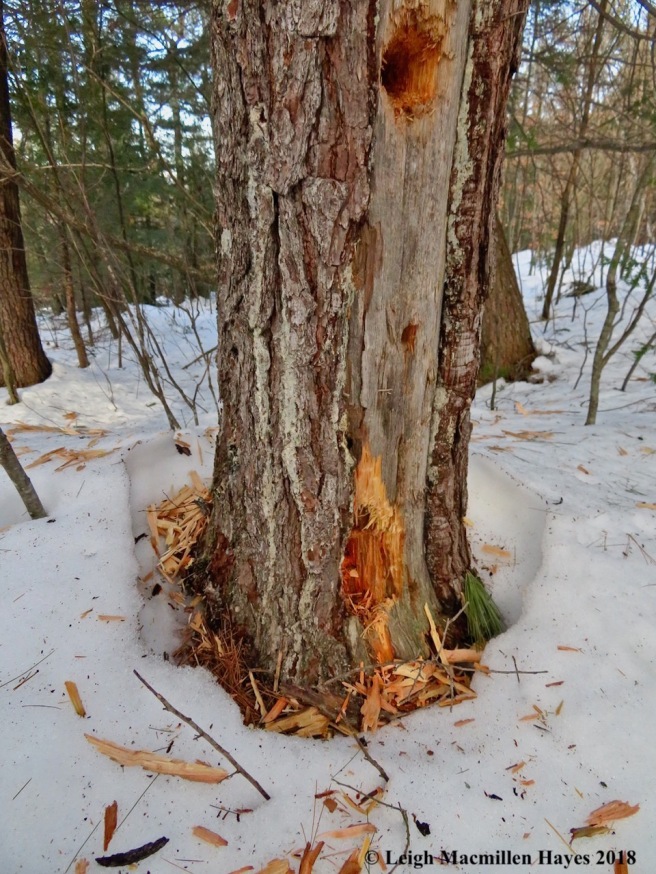It’s hard to believe that six years ago I gave birth to wondermyway as a means to record the natural world and all I met along the way.
There’s no need in reminding everyone that since last February it has been quite a year, but I have to say that I’m especially grateful to live where I do, in a place where I CAN wander and wonder on a regular basis.
As I look back through posts of these expeditions, I realize how often nature presents itself in such a way that moments of awe make everything else going on in the world seem so foreign. If only everyone could whisper to a dragonfly upon his or her hand; watch a cicada emerge from its larval form; and even appreciate a snake or two or three.
Join me for a look back at some of my favorite natural encounters of the past year. If you want to remember a particular adventure, click the titled link below each photo.
Transitioning With My Neighbors:
From sun to rain to sleet and even snow, it’s been a weekend of weather events. And like so many across the globe, I’m spending lots of time outdoors, in the midst of warm rays and raw mists.
I’m fortunate in that I live in a spot where the great beyond is just that–great . . . and beyond most people’s reach. By the same token, it’s the most crowded place on Earth right now.
We’re all in transition, my neighbors and me. What the future holds, we know not. The best we can do is hope we come out on the other side–changed by the experience, of course.
Wander outdoors if you can and let the anomalies pull you into their realm. I promise, your eyes and your mind will be opened to so many wonders that you’ll resist the urge to move along for so enamored will you be by your finds. Slow down and look and be wowed.
In the end, may it not be an end. May it be a beginning. May you live under the bubbles and give thanks that your bubble is attached to so many others as you share a brain.
We had no intention of eating lunch in this spot today, but while looking for a mountain to climb, we kept encountering full parking lots and so our backroad meander put us beside a bog at lunch time and voilà, we managed to walk all of less than two tenths of a mile. Total.
But in that short distance, our eyes feasted. First it was all the Painted Turtles basking in the sun. And birds. And dragonflies.
I just had to find out. Would he or wouldn’t he? He would and did. Yes, I quietly placed my finger on the leaf and he climbed aboard, then struck a rather relaxed pose. The Dragonfly Whisperer whispers once more.
“My lupine meadow is in full glory!” a friend wrote in an e-mail. And she encouraged visitations. So . . . I went. Actually, we went, for I invited another friend to join me.
Fortunately, I guess, though unfortunately on some levels, we pulled ourselves away by mid-afternoon. But our bug eyes were wide open. In the end, we offered up thanks to our hosts, Linda and Heinrich, for inviting us to enjoy the full glory of their lupines and all the marvels of the meadow.
Beings who once walked the Earth support new life as summer's serenade begins to take shape upon stones that memorialize the past... On this summer day, hollow cast(ket)s left behind provide a memory of vulnerable forms. From soft pastel bodies to wide-faced creatures with bulging eyes, I get to celebrate cemetery cicadas.
I’m pretty sure I said to the friend whom I met on the dirt road that I never see frogs there except for the painted boulder that has faded with age and I no longer even think to honor with a photograph.
But still, she reminded me, “I’m sure we’ll see something interesting.”
No way.
After walking one stretch of the road and only pausing a few times in the hot sun, we hopped back into our vehicles and made our way to a much more shaded location. As we stepped toward the river, in flew a Kingfisher. And we knew we were in for a treat or two or three.
The theme of the week didn’t dawn on me immediately, but a few days into it and I knew how blessed I am.
It was a week for me to realize how important all the young people in my life are from our sons whom I can chat with on the phone to those who have chosen to make this area of western Maine their home and to get to know their place in it. And then to go beyond and share it in a way that benefits the wider community.
Thank you, Hadley, for the opportunity to celebrate your birthday. And thank you Rhyan, Parker, Dan, Jon, Mary, Brent, and Alanna: it’s my utmost pleasure to share the trail with you whenever we can. And to know that the future is in your capable hands.
We are all blessed. Today we crowed Hadley, and in so doing, gloried so many others.
Last week, while walking along a trail I later intended to share with some local kids, a subtle movement caught my attention.
About two thirds of the way along the trail, exactly where I’d spied it two hours prior, the Garter Snake still posed. And the kids got to examine it. And wonder. And exclaim. They went in for a close-up look, thus the snake stuck out its tongue repeatedly in an attempt to get a better sense of who or what might be in its midst.
Snakes have poor eyesight and their hearing ability is limited. Thus they use their nostrils and tongues to pick up scents of prey or predator. By flicking the tongue, they collect odors that the forked prongs relay to two holes in the roof of their mouths, aka Jacobson’s organ. With information transferred from the organ to the brain, they can interpret scents.
For the kids and me, it was this sense: Best. Moment. Of. The. Afternoon.
For the snake: it decided we weren’t worth getting excited about as it made sense of our scents.
My mission was two-fold. Hike up a small mountain and capture a one minute video to post on a work website next week, and retrieve a game camera so we can download the photos and then place in a different location.
First there was the porcupine den, then a beaver tree, and along the way a fungi.
My final sighting of the day, that still has me smiling, occurred in the middle of the adventure, but I wanted to save it for last. Do you see what I saw?
Who cooks for me? I wish this Barred Owl would, for I must now prepare dinner. But that’s okay because I’ll take him with into the kitchen in spirit and give thanks that I had the opportunity to spend a few minutes with him . . . all in a day’s work.
Fourteen months ago I wrote Ode to Pinus Strobus, showing my respect for the mighty pines that inhabit our woods. Curiously, it was a rainy day then. And today dawned the same, though even more curiously, today we turned the calendar to December 1, yet the temperature rose to 57˚, like a summer day as we approach winter in western Maine. Because of the temp, the day offered some incredible wonders.
For those who love to wander and wonder, I hope you’ll be still and have an experience similar to what this tree offered me today.
My heart pines . . . naturally.
I was early–a rare occasion as usually I’m the one who arrives at least ten minutes after the agreed upon time. It wasn’t always that way, but has become a bad habit. That said, it was a creature of habit that I went in search of because I had some time to spare.
He was up there enjoying the cambium layer of the bark as witnessed by the goldeny color of the branch by his feet. All those downed twigs–apparently they were in his way so he nipped them off and dropped them to the ground in order to get to the nutrients he sought for his winter diet.
Check out his eye. We were both sharp observers as we eyed each other from a distance.
For almost thirty years I’ve roamed this particular wood and for the most part you’ve eluded me.
After finding so many signs year after year, today . . . today I spied an uprooted tree at the very spot I thought might be a good place to stop and spend a few hours in silence. As I made plans to do such in the near future, the tree moved.
And transformed into you!
When at last you and your youngster departed, despite your sizes, it was as if you walked through the forest in silence. My every move comes with a sound like a bull in a china shop, but you . . . Alces alces, you weigh over one thousand pounds, stand six feet at your shoulder, and move through the forest like a ghost. For that reason and because you let me spend some time with you today, February 11 will henceforth mark the day that I celebrate the Ghost of the North Woods.
Thank you to all who have joined me for any or all of these journeys. With each learning or sighting, I get excited and can’t wait to share it with you. I’m not only grateful to be able to wander and wonder, but I’m also thankful for all of you who take the time to read these posts.


































































































































































































































































































































































































































































































You must be logged in to post a comment.